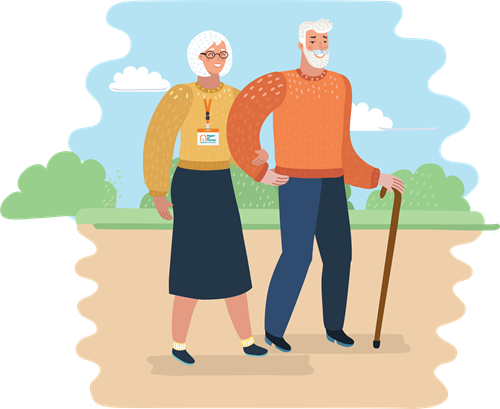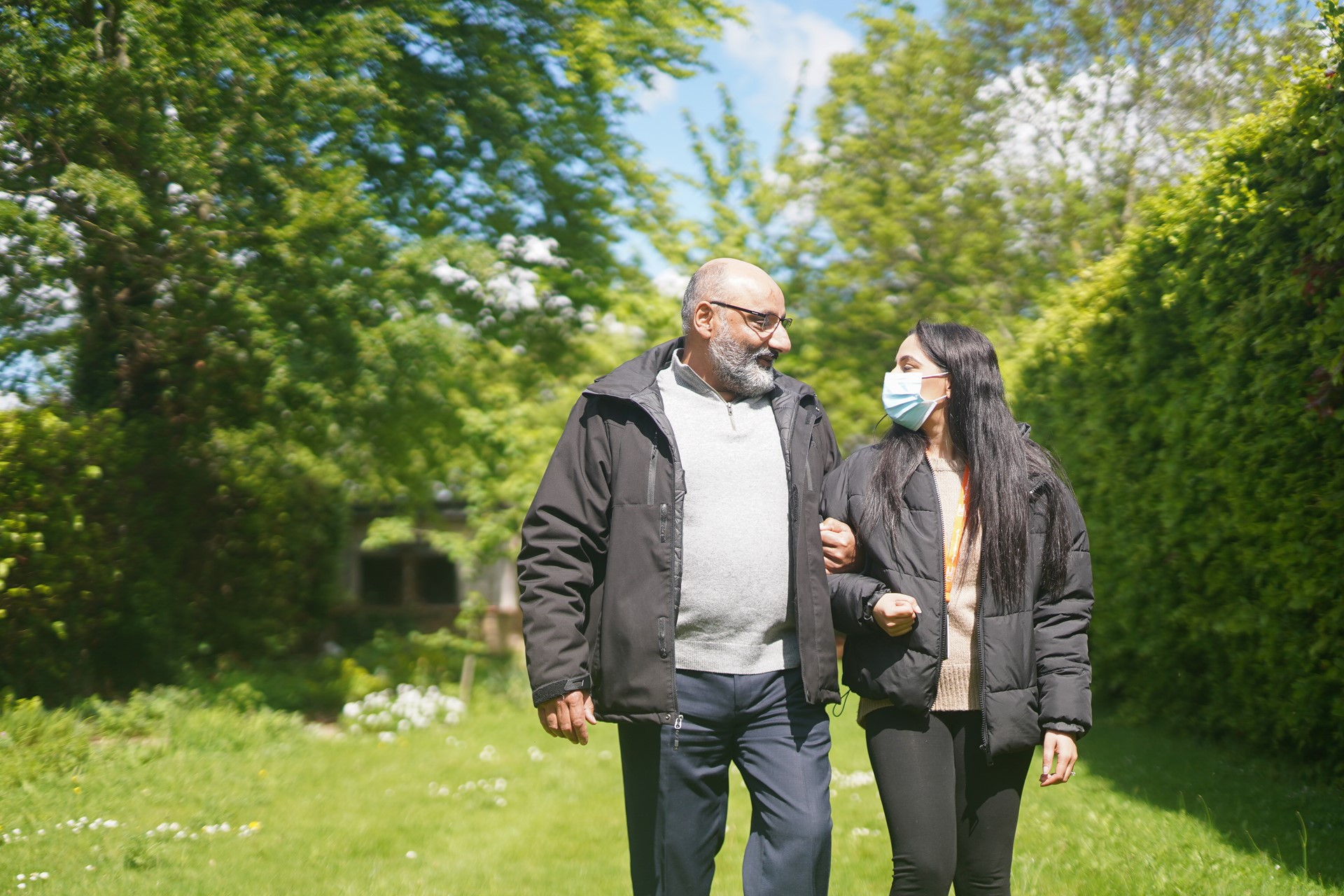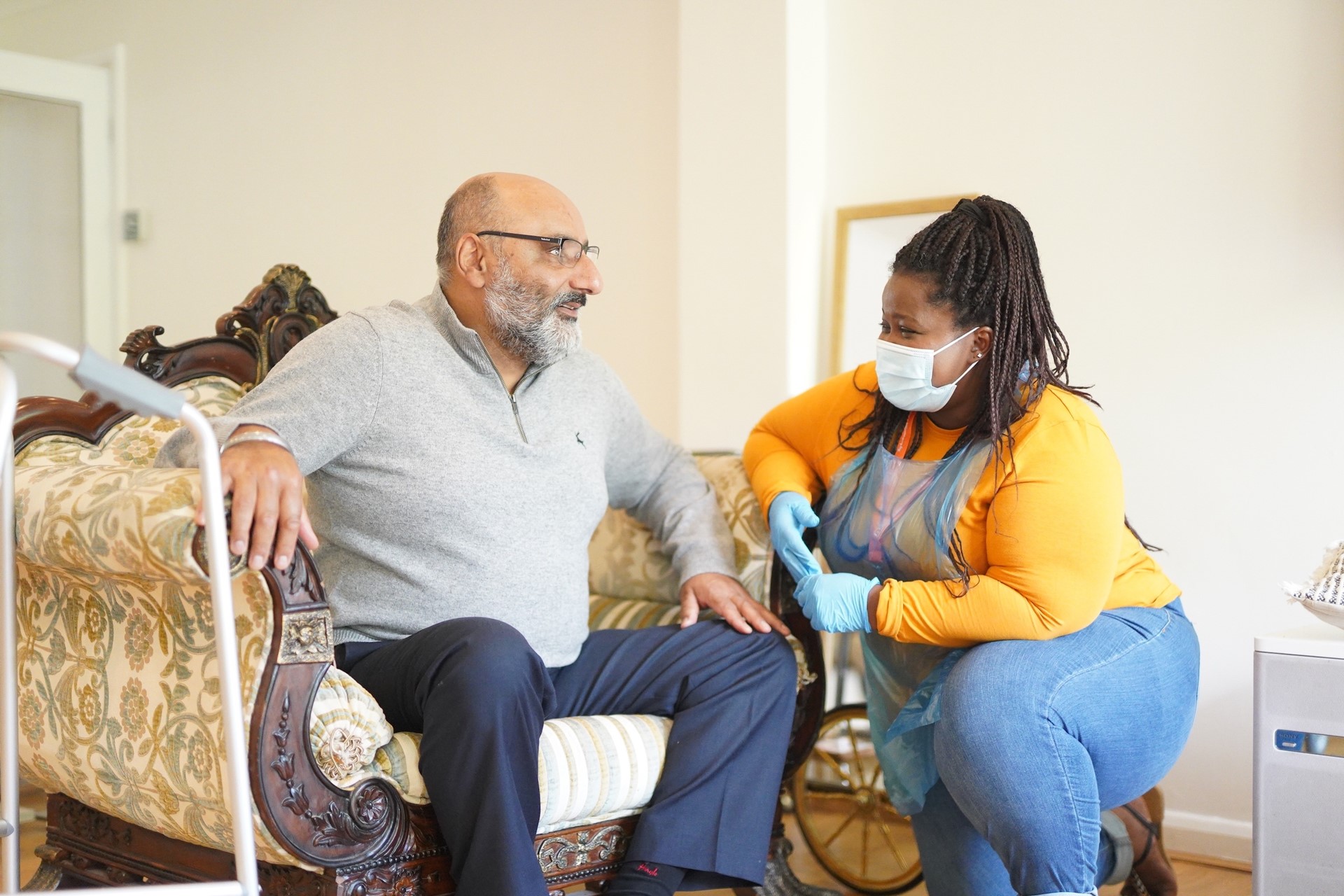
Fall Prevention in and around your home
Our fall prevention guidelines are designed to help you reduce the risk of falls in and around your home, helping you stay safe.
- National Site
- Information & Support
- Fall prevention
What are some common causes of falling?
Falls can happen to people of any age, but older people generally tend to be more prone to injury. As we age, our balance can start to become unstable for a number of reasons, including:
- Medication complications
- Muscle weakness
- Loss of vision
- Long-term health conditions, such as dementia
Other common causes of falls aren’t related to general health at all, such as trip hazards like loose carpets or wet, slippery floors. These common hazards are usually simple and easy to fix or avoid.


How can I prevent a fall?
Beyond securing your home, there are plenty of simple and easy changes you can make to your lifestyle to help reduce your risk of falling. These include:
- Staying active, with regular strength and balance exercises
- Eating well and maintaining a healthy, balanced diet
- Keeping hydrated, drinking plenty of water each day
- Monitoring your eyesight, wearing glasses if needed
- Checking your hearing, wearing a hearing aid if needed
- Wearing the correct footwear, both in and outside of the home
- Carrying a walking stick or walker with you for added protection
Making your home safe to reduce the risk of falls
Not all fall hazards in the home are obvious, so it can be tricky to be certain that you’ve done all you can to keep your loved ones safe. Our fall prevention guide walks you through each room in the home, providing tips and advice on how to prevent or minimise each hazard.
Did you know?
1 in 3
Adults over 65 who live at home will have at least one fall a year
1%
of muscle mass is lost each year from the age of 55
50%
of all outdoor falls are related to walking activity
Fall prevention around the home
By making just a few simple changes to the home, you can ensure that it is as safe as possible for you or your loved ones. Find out much more detail about the individual risks in each room around the home in our fall prevention guide above.
While each room in the home will have different risks,
some of the most common ones to look out for include:
- Poor lighting
- Obstacles and clutter in pathways
- Loose floorboards or upended carpet edges
- Slippery floor surfaces
- Lack of supportive grab bars or handholds
- High or low cabinet heights
You can prevent these risks and keep your loved ones safe,
with the following prevention methods:
- Use night lights to keep pathways illuminated at all times
- Remove clutter or rearrange interiors so pathways are clear
- Ensure all flooring is secure and has a non-slip backing
- Use non-slip mats on the floor, in the bath and in other areas
- Install grab bars for immediate support
- Avoid storing heavily used goods in hard to reach areas

Find Your Local Office
If you need support with fall prevention strategies or know someone that does, contact your local Right at Home Office today. We can also offer free information and awareness sessions for your local community.